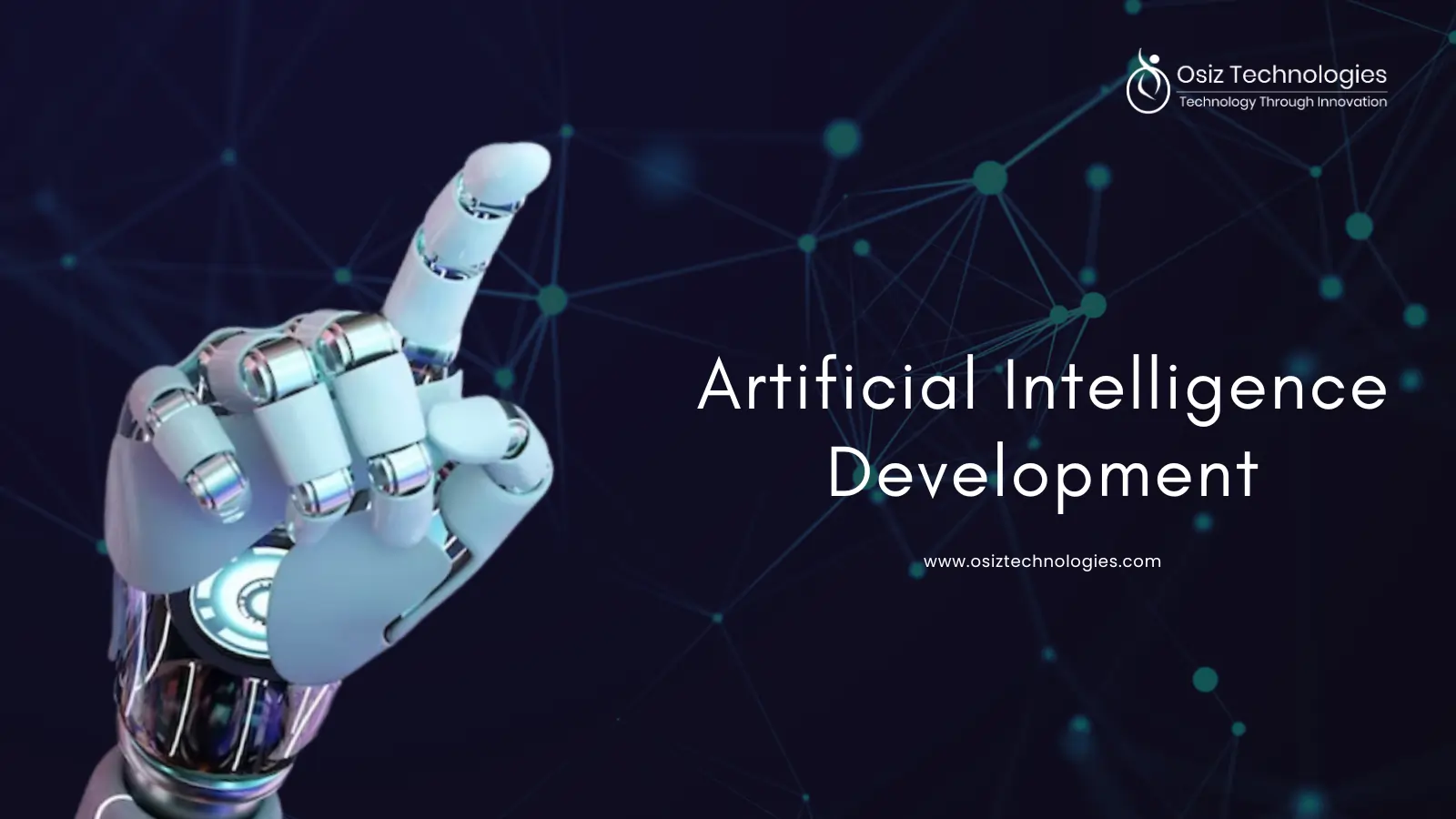Terms such as blockchain, cryptocurrency, and Bitcoin are transforming industries and generating conversations worldwide in the modern digital world. What do these words mean? Let's unpack them and discuss their meanings and business applications. Here are the crisp definitions of these concepts:
Blockchain: The technology behind cryptocurrencies. This is a decentralized, immutable record of transactions in a network of nodes that communicate in a peer-to-peer relationship.
Bitcoin: the most recognized of cryptocurrencies, simply the first practical application of a blockchain.
Cryptocurrency: A digital medium of exchange, decentralized in authority, using cryptography to secure and control the performance of transactions as well as the creation of new units.
What is Blockchain Technology?
Blockchain is a kind of distributed ledger that guarantees secure and transparent transactions that are not dependent on the central clearing authority. Due to its decentralized nature, blockchain is useful for various applications, like supply chain management and financial transactions. Main potential areas of application include:
- Business solutions to streamline processes and become more transparent.
- Tokenizing physical or virtual assets.
- Green solutions through responsible resource usage.
- Lower fees for fund transfers.
What Is Cryptocurrency?
Cryptocurrency, such as Bitcoin, is a digital currency that resides and is stored on the blockchain. Compared to the traditional currencies, it:
- Has no intrinsic value or physical form.
- Exists solely on its network.
- Operates on decentralized protocols, with supply governed by algorithms instead of central banks.
Benefits and Drawbacks of Blockchain
Advantages
High Transparency: The immutable ledger ensures every transaction is accessible to participants who are allowed to view it.
Right Tracking: It can track end-to-end across the processes or supply chains.
Permanent Ledger: Records are secure and cannot be altered.
Cost Reduction: Eliminates intermediaries, reducing transaction fees.
Challenges
Complex Technology: Requires specialized knowledge for implementation.
Regulatory Implications: Unclear and evolving regulations across regions.
Implementation Challenges: Integrating blockchain with existing systems.
Competing Platforms: Multiple solutions vying for dominance.
Blockchain Applications Across Industries
Supply Chain: Enables visibility across the entire lifecycle of a product, from raw materials to the consumer.
Travel: Saves costs by cutting out the middlemen and tracks employee travel more efficiently.
Sustainability: Aggregates dispersed data to better utilize resources.
Financial Inclusion: Avails capital and funding otherwise unattainable to the consumer masses.
Beyond its uses in cryptocurrencies, blockchain can be the future in revolutionizing industries as a new business process improvement tool. It enables collaborative enhancement of intercompany processes to reduce the "cost of trust" and achieve optimal returns on investment.
Looking Deeper Into the World of Digital Assets and Blockchain
To dive deeper into the world of digital assets and blockchain, consider these resources:
Digital Asset Trends: Explore predictions on how the industry is evolving and strategies to navigate its volatility.
Web3 Opportunities: Understand how blockchain-based web3 technologies can deepen customer engagement and loyalty.
Sustainability Strategies: Learn how blockchain can contribute to eco-friendly initiatives and resource management.
How Blockchain Works?
- A transaction request is initiated by someone.
- The transaction is broadcast to a peer-to-peer (P2P) network of computers, known as nodes.
- The network of nodes verifies the transaction and the user's credentials using established algorithms.
- Verified transactions may include cryptocurrency, contracts, records, or other types of data.
- The validated transaction is grouped with others to form a new block of data for the ledger.
- The new block is added to the blockchain, making it permanent and immutable.
- The transaction process is completed.
Historical Context and Strategic Insights
Early Days of Bitcoin: "Money is No Object" provides insight into Bitcoin's birth and early struggles in adoption.
Disruption and Opportunity: "A Strategist's Guide to Blockchain" will explain how organizations can tap into the new opportunities from blockchain to obtain competitive advantages.
Trust in Blockchain: "Building Blocks" discusses strategies to work past apprehensions concerning blockchain use in financial services
Final Thoughts
While blockchain may not hog headlines the way it did a few years ago, the fact is the transformative power that this tech offers. Blockchain changes old processes in traditional businesses to one that would usher sustainability and innovation in future shaping. Understanding applications and challenges make this tech even closer to achieving real powers in promoting progress.
If you are looking to develop a cryptocurrency, partner with Osiz, the leading cryptocurrency development company, for robust cryptocurrency development to beat the market in the crypto world.
Listen To The Article
Recent Blogs

X-Mas 30%
Offer










